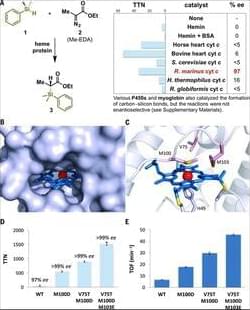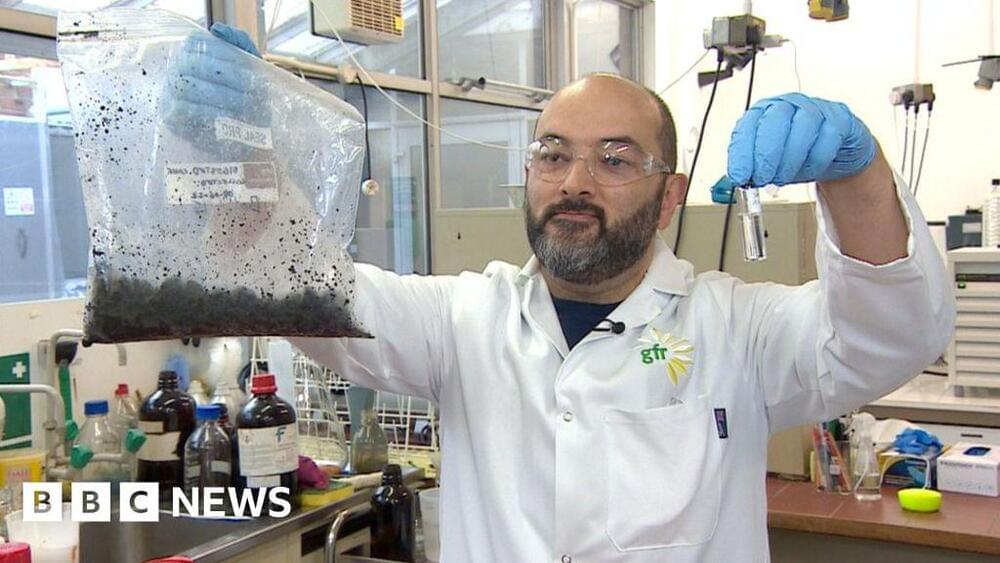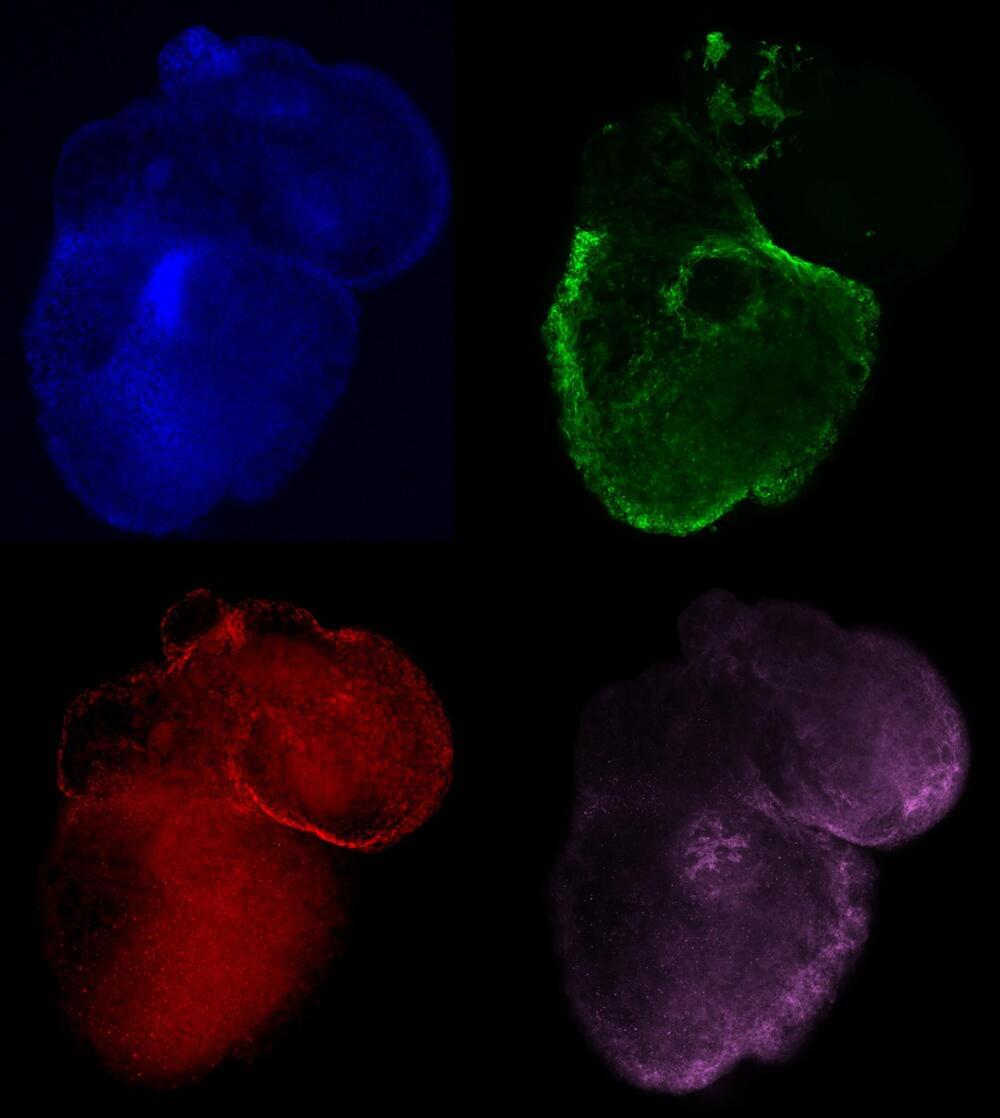A state supreme court has shocked fertility clinics by ruling that lab embryos are children.






Thanks to advancements in the development of patented synthetic human-like hearts first created at Michigan State, researchers can study human heart development and congenital heart disease on highly accurate models. This is facilitating the development of new therapies and pharmaceutical drugs to treat a variety of heart-related diseases just in time for the observance of American Heart Month in February.
Similar in size and development to fetal human hearts, these mini heart organoids are becoming increasingly complex and realistic. The MSU research team that created the mini hearts first published their findings in 2020. They have quickly become a world leader in this field and their latest advancements have been published in Nature Communications and Stem Cell Reports.
Aitor Aguirre, associate professor of biomedical engineering and chief of the division of developmental and stem cell biology in MSU’s Institute for Quantitative Health Science and Engineering, explained that the introduction of realistic models is essential to the discovery of effective and clinically translatable solutions to cardiovascular disease. An estimated 21 million annual deaths are related to this condition, including disorders of the heart and blood vessels. And that number is growing.

USA: A cross-sectional study comprising 2,822 US adults revealed that worse examination-based and self-reported vision impairment is associated with anxiety and depressive symptoms, and worse examination-based vision impairment is linked with severe social isolation.
These findings, published in JAMA Ophthalmology, provide evidence to support prioritizing research aimed at enhancing the health and inclusion of people with vision impairment.
Vision impairment and psychosocial function, including symptoms of anxiety, depression and social isolation, are a major cause of morbidity in the US. However, there is a lack of nationally representative studies evaluating associations between subjective and objective vision impairment with psychosocial function following the COVID-19 pandemic.
Highlighting gaps in communication near the end of life, this podcast episode explores a new approach to preparing patients with serious illness and their families for all possible outcomes.
A full transcript of this episode is available at nejm.org/doi/full/10.1056/NEJMp2314001.


Our knowledge of the role of genetics in epilepsy is rapidly expanding, and this is enhancing epilepsy diagnosis, prognosis, and treatment. Julie Ziobro, MD, PhD is a pediatric epileptologist and research scientist at C.S. Mott Children’s Hospital. She and genetic counselor, Mallory Wagner, MS, LCGC, discuss some basic principles of genetics, currently available genetic tests, examples of genetic epilepsies, and how genetic test results can impact treatment decisions and prognosis. They also explore the role of genetics in developing precision therapies for epilepsy.